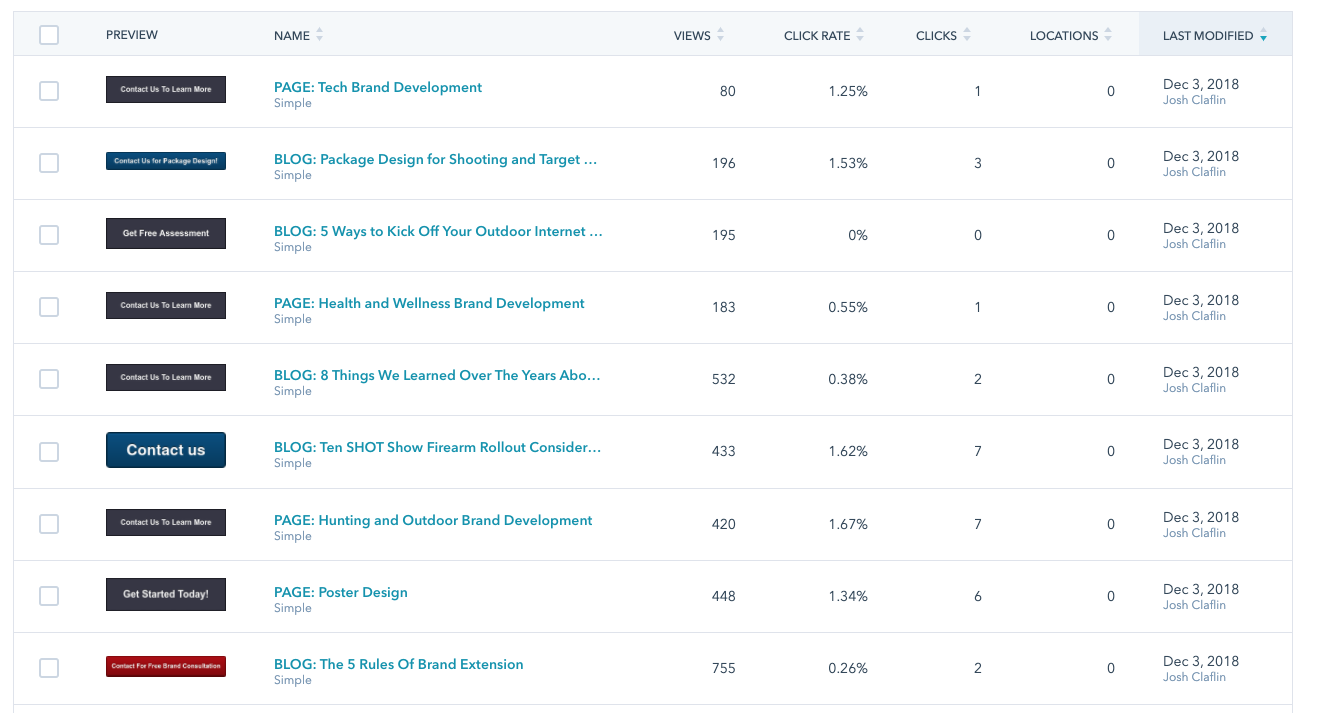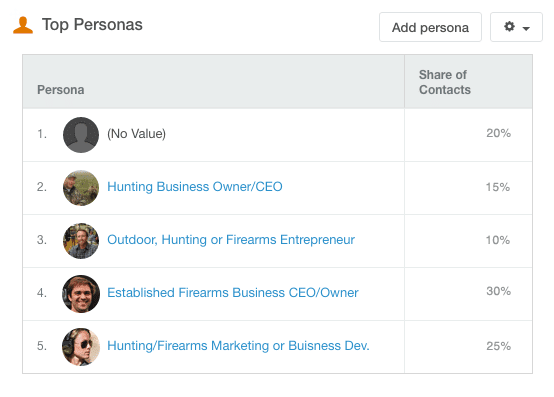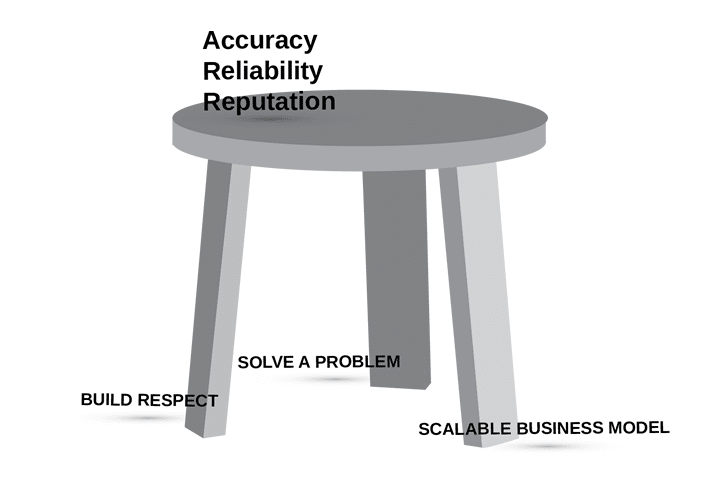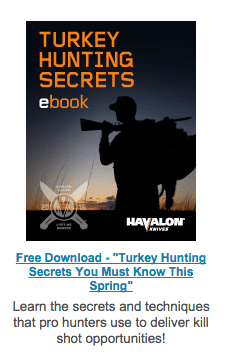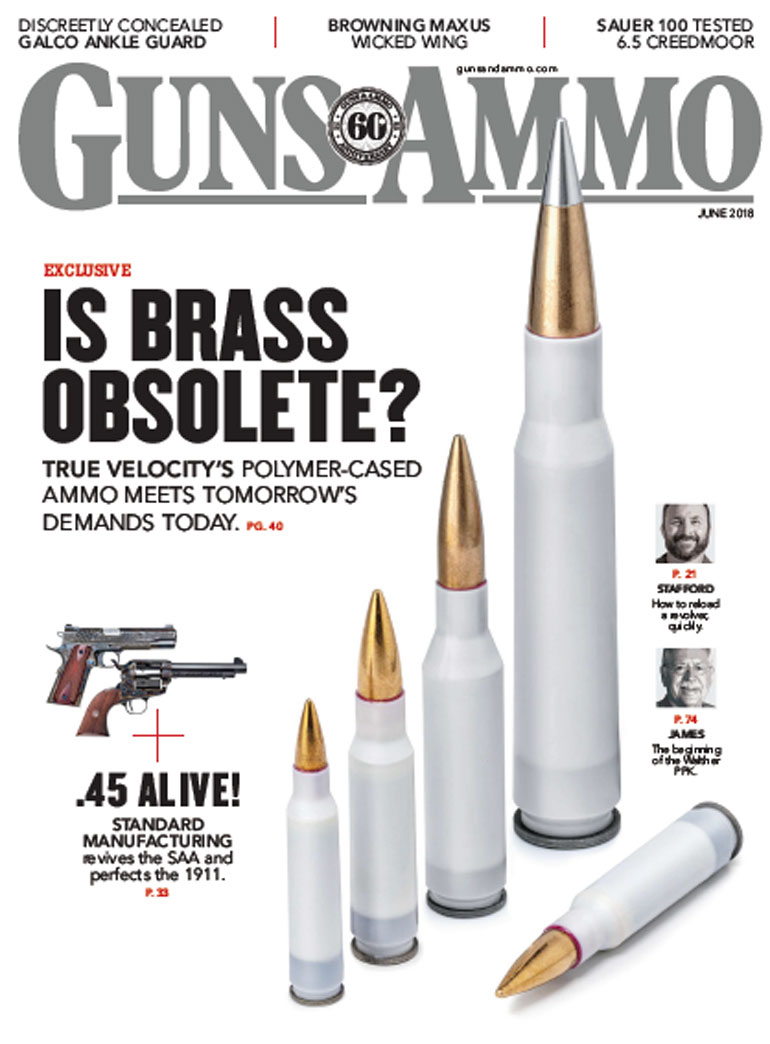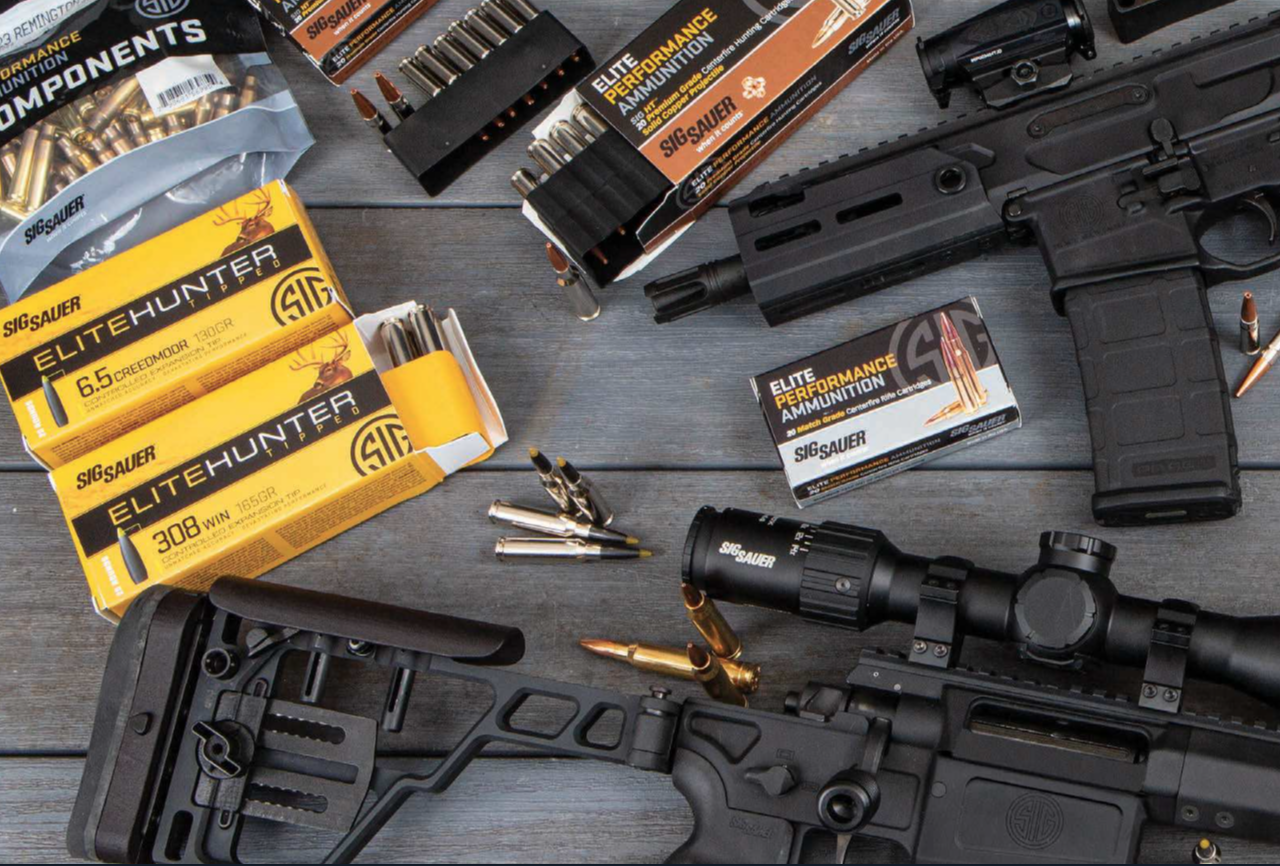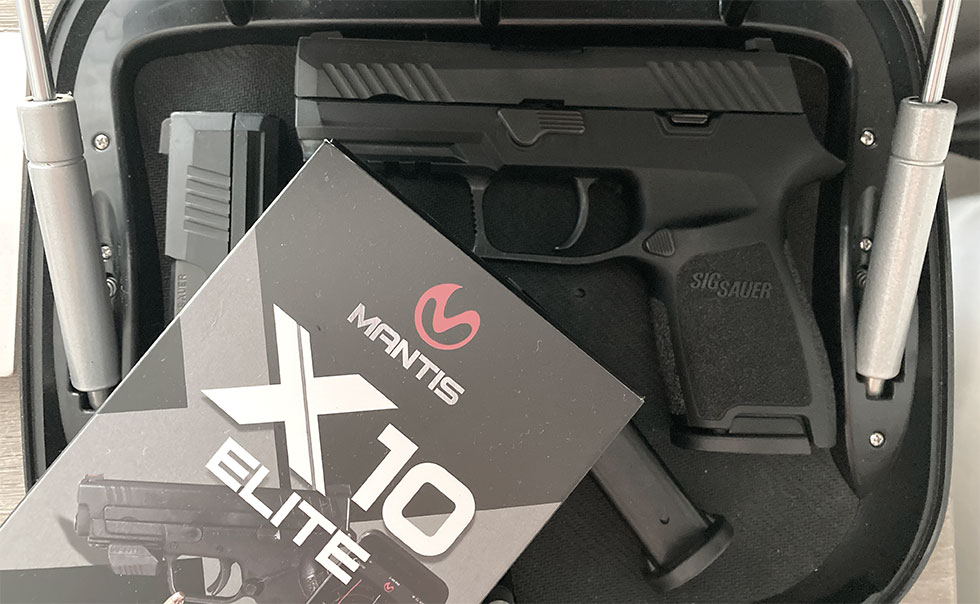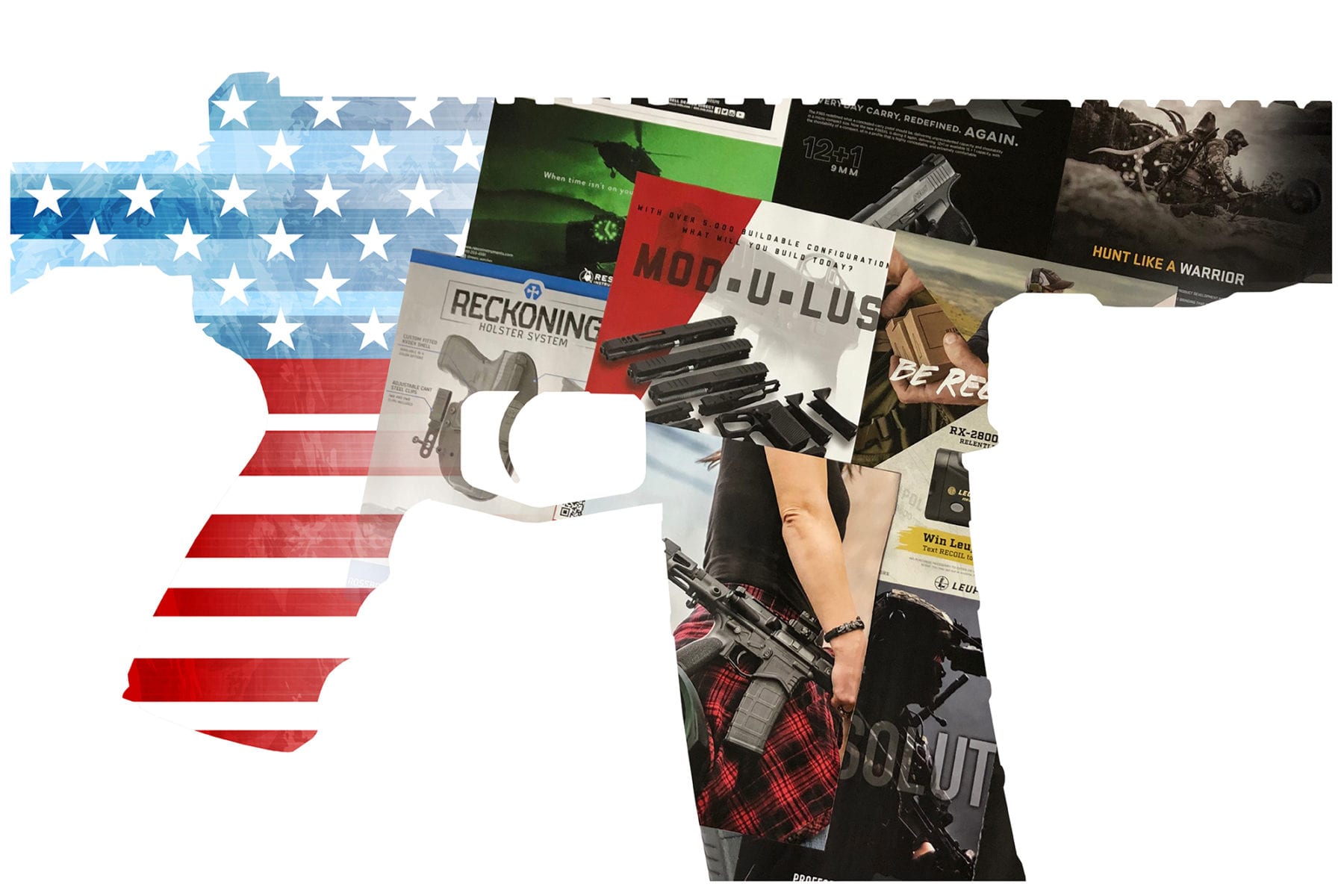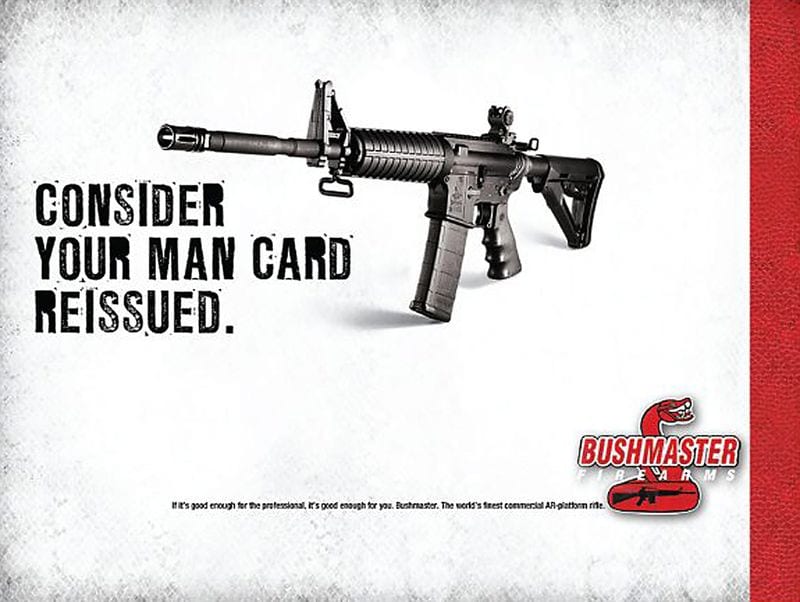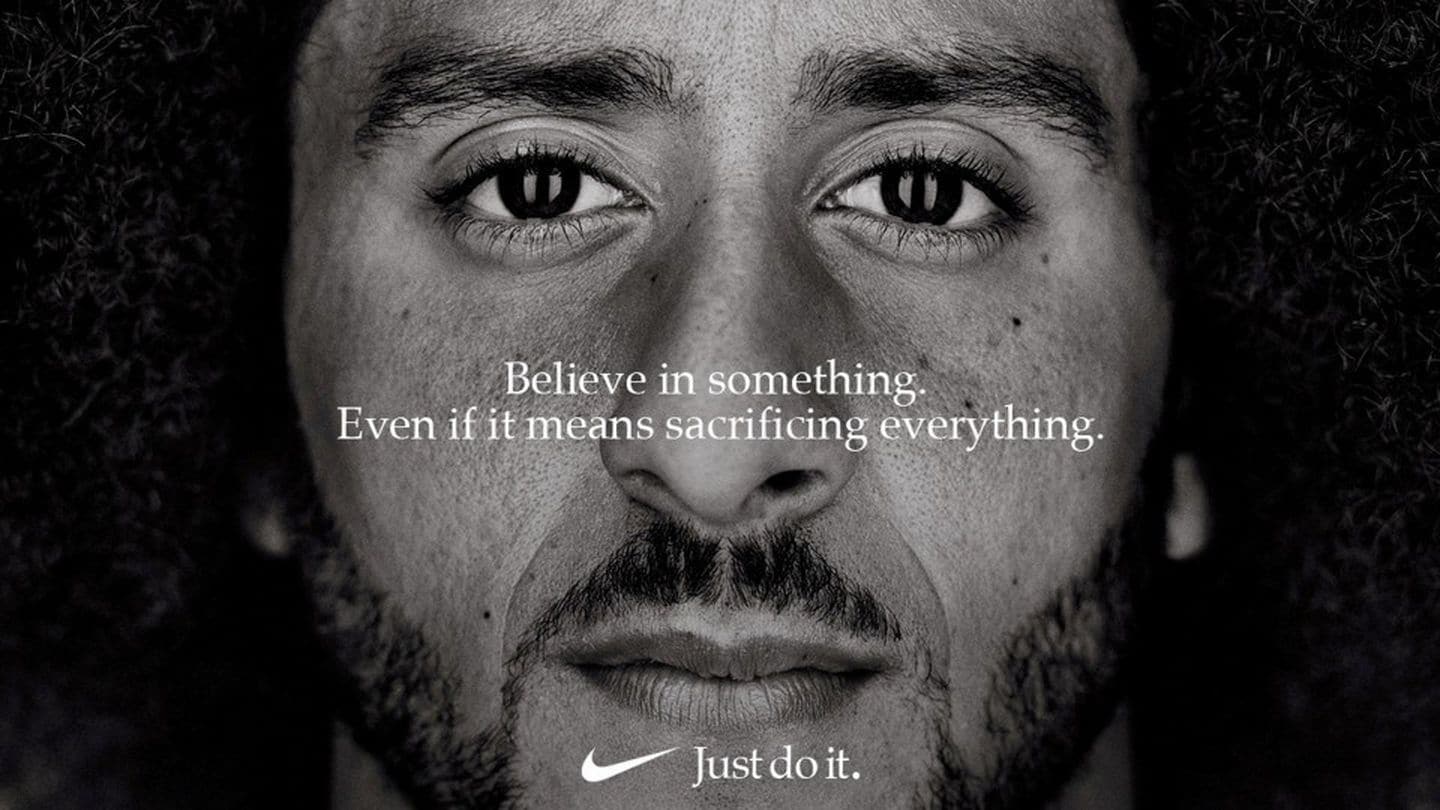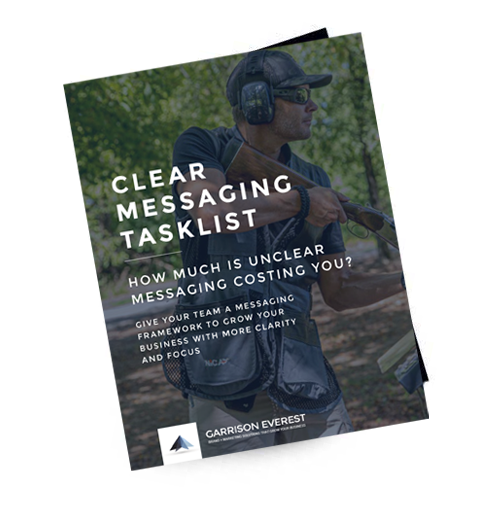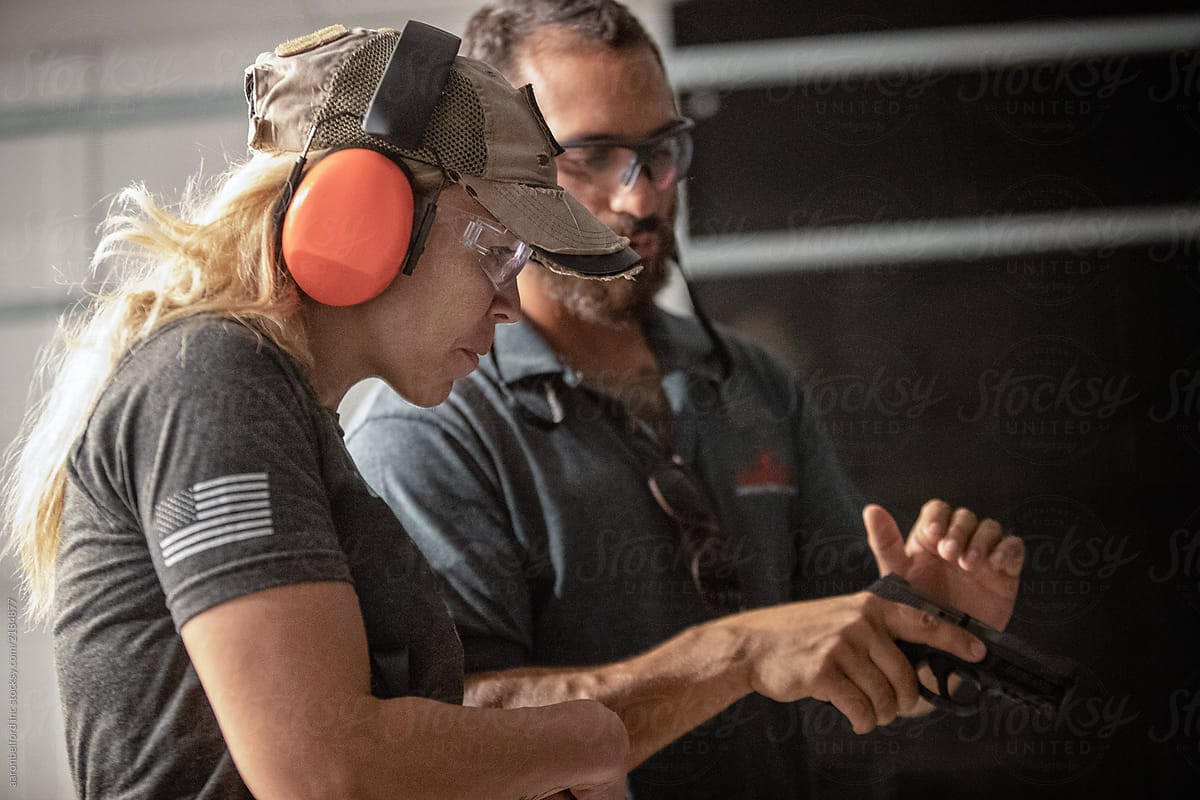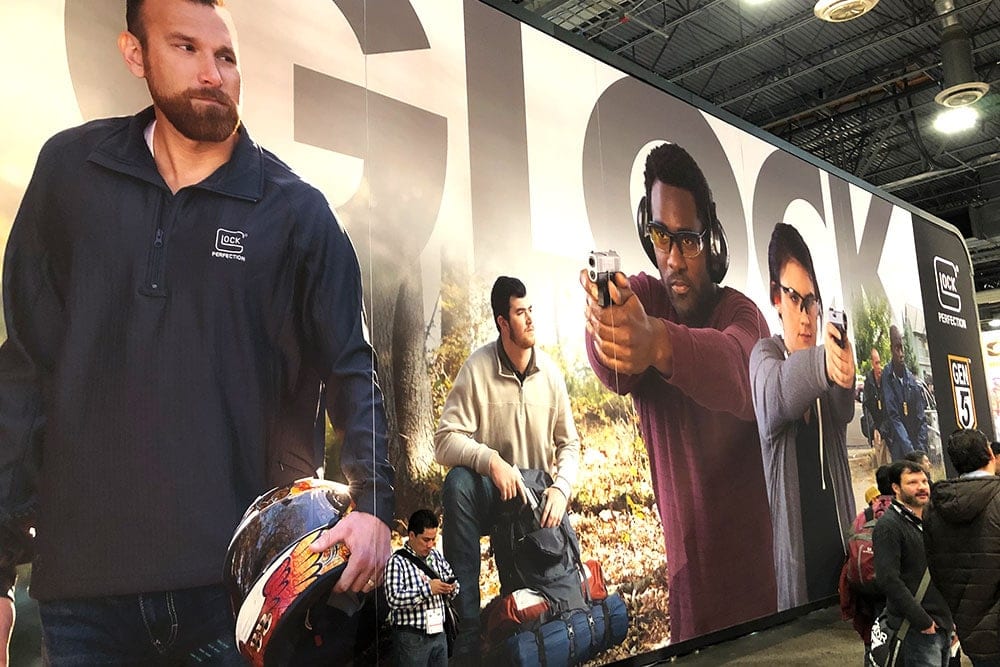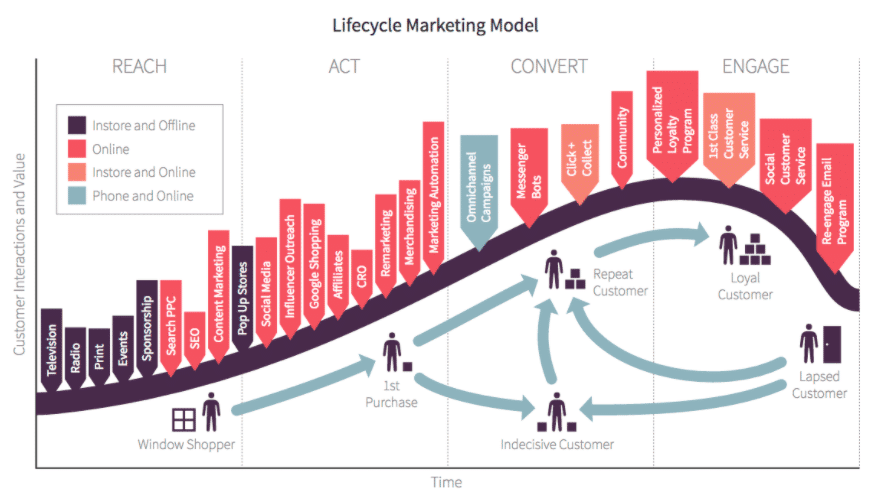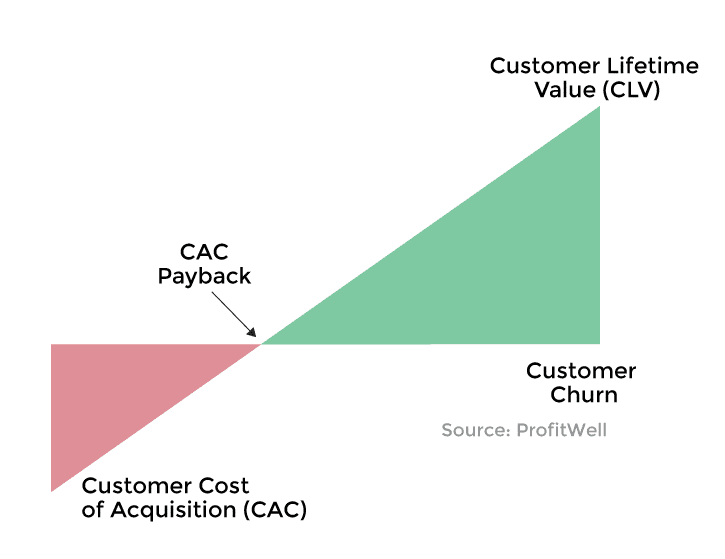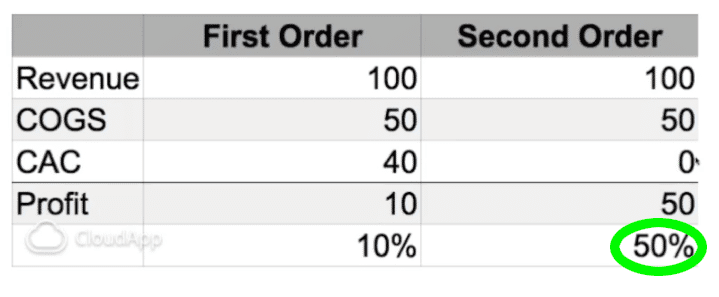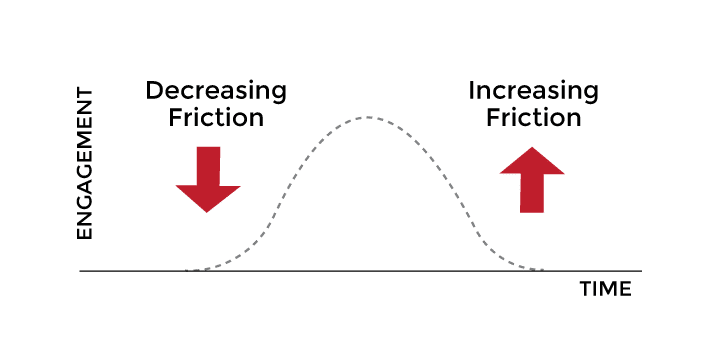
There will eventually come a time in your firearm or hunting company’s history that you’ll discover opportunities to branch out into new product/service segments or into new categories all together.
Brands take years and thousands of dollars to develop. The most effective and safest way for established brands to introduce new products and services without damaging their brand is by utilizing a practice called brand extension.
Brand extension leverages the equity and power of your current brand to penetrate new segments and categories faster and for less cost.
However, utilizing brand extension does come with some inherent risks. If the product doesn’t align or make sense with its parent brand, you may risk diluting your brand altogether. You also may end up alienating your current customers—leaving them wondering what it is you stand for.
The golden rule in brand development is to be known for your one thing. You can read more about identifying your brand’s one thing here. But for this article’s purpose, your one thing must align with the new product or service you are introducing.
Below are a few simple rules with examples to consider when using brand extension to penetrate new customer segments or if you’re evaluating bringing a new product/service to an entirely new product category.
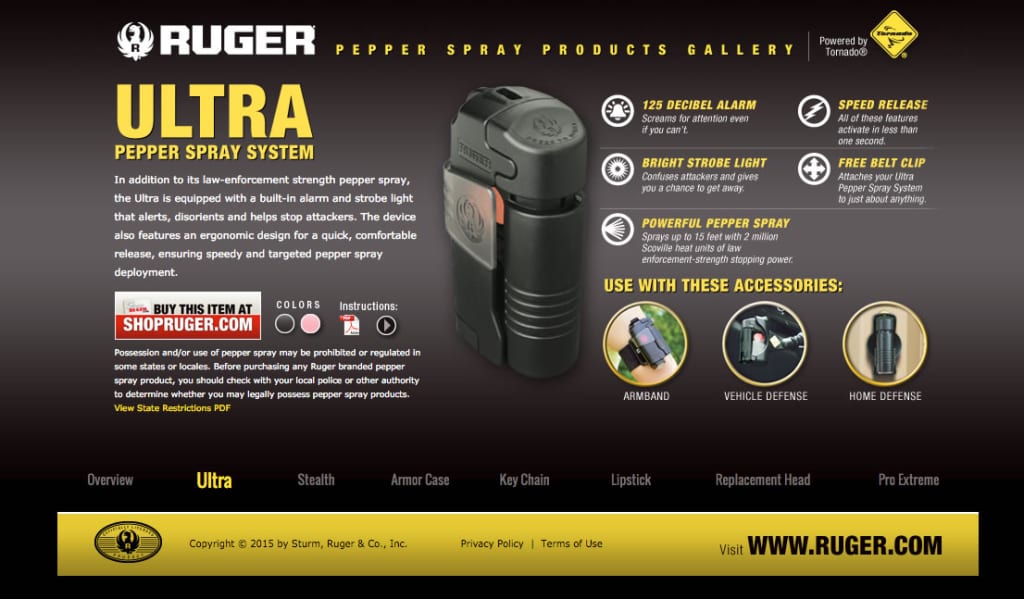
Ruger Pepper Spray
Rule #1. Do not dilute your current brand.
Brands that can successfully extend into a different product category have already established brand equity. If your company has yet to build brand equity, you will find leveraging an unknown brand is like starting from scratch. It is better to carefully extend by appealing to a segment of your current base while trying to reach new customers.
Industry example:
Ruger is using its name to sell a line of pepper spray products. Although this tactic seems somewhat strange from the manufacturer, I can see where this makes sense. Ruger has built its brand on reliability, you may recall their tagline “Another reliable firearm from Ruger.” Their pepper spray may be reliable, but does it fall out of alignment with what the Ruger brand is known for: firearms? I would have suggested starting a new brand from scratch and subtly mentioning that it was manufactured by Ruger. This I feel would leave Ruger’s brand essence in tact while introducing a high-quality pepper spray while not confusing customers.
Compare this to a brand like TASER, who is known for non-lethal self-defense products.
Rule #2. Identify your brand’s core attributes.
You must know your buyer persona and brand’s core attributes (also known as brand values) in order to understand if your brand can successfully carry a new product into a new category. For example, if your attributes are classified as rugged and tactical, and you want to extend a new product to be smart and sleek, your new brand extension is going to be out of alignment with what the parent brand is known for.
Try to tie the new product to the parent brand’s core attributes as much as possible. Utilize the dominant elements of your logo, imagery and color palette. The goal is to keep the branding recognizable while offering up a slight variation to signify the difference.
Industry example:
Sig Sauer introduced their line of suppressors back in 2013. This is an example of a firearms brand entering an entire new category (suppressors). Except this time it works pretty well. The ad and their website stays close and aligns with the main Sig brand making this extension work seamlessly.
Rule #3. Make sense out of your reasoning.
There have been some grand out-of-industry brand extension failures over the years. If you’re unsure about extending your brand with a new product, go with your gut, if it doesn’t feel right, it probably isn’t. Here are a few that failed to hit the mark:
Would you fly on Hooters air? Wings yes, flying… no.
Rule #4. Decide if you are a House of Brands, Branded House or a Hybrid.
Are you a House of Brands or a Branded House? What’s the difference? Brand Architecture is an important consideration when introducing new products. A House of Brands relies on multiple brands while the parent brand sits in the background and mostly goes unnoticed. A Branded House is a corporation who runs multiple brands under the same name. A Hybrid is a combination of both.
An example of a House of Brands is the Freedom Group. Freedom Group owns Remington, DPMS, Bushmaster, Barnes Bullets, Mountain Khakis, Tapco and others. For comparison, an out-of-industry example would be Proctor and Gamble (Tide, Vicks, Downey, Crest, etc.).
An example of a Branded House would be Springfield Armory, Glock, and most other manufacturers. For comparison, an out-of-industry example would be FedEx (FedEx Express, FedEx Ground, FedEx Freight and FedEx Services).
An example of a Hybrid is Browning. Browning manufactures knives, guns, safes, clothing, ammunition, flashlights and more. They even license their brand out. Each category has their own individual brand with Browning’s brand intrinsically intertwined. For comparison, an out-of-industry example would be Coca-Cola.
Rule #5. Test it out with your customers before going all in.
Not sure if your brand extension will work? If you have a loyal customer base, a little transparency and getting your customers input on your plans can go a long way. Utilize a small test group or conduct a survey to test the new product and record the feedback for validation of your offering. Testing is always the smart thing to do first before going all in.
In conclusion, extending your brand can be done, but it must be done with careful consideration. Make sure whatever you do doesn’t dilute your current brand that you’ve worked so hard to establish. Know your brand’s core attributes and make sense out of your reasoning. When designing your new branding—stay close to your brands’ look/feel and test it out on a small group of your most loyal customers with surveys. If you’re just starting out and you know that somewhere down the line you’ll be adding more products—take the time now to plan for how those products will be added into your brand architecture to save time and cost.







